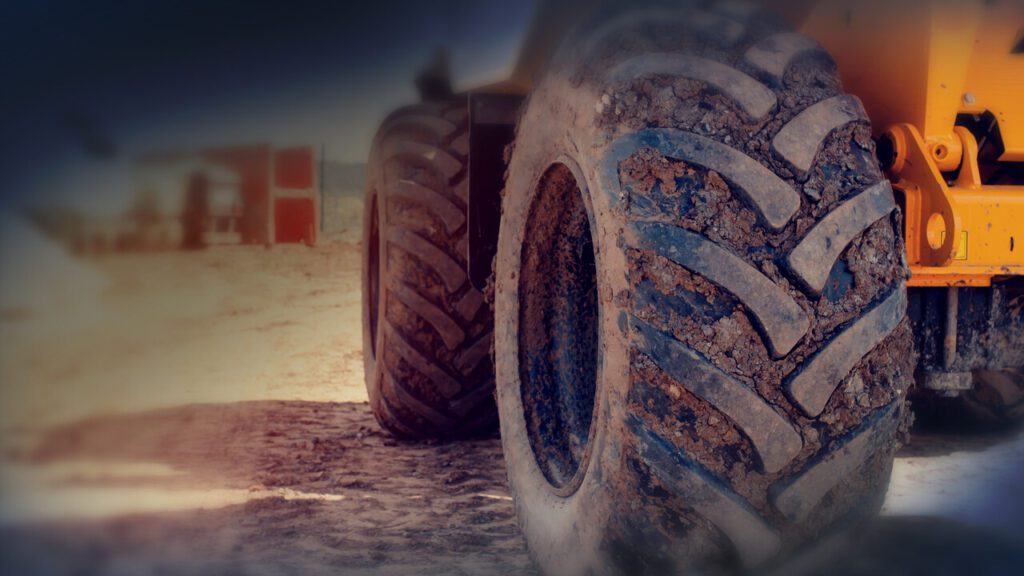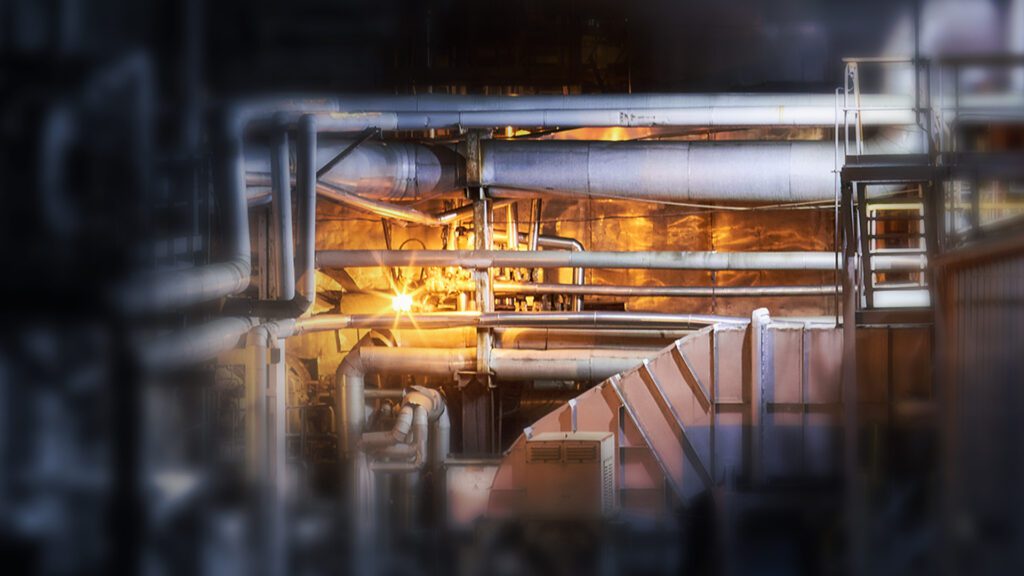
Workplace Injuries: What You Need to Know
On-the-job injuries can occur in any workplace and range from minor cuts and bruises to severe injuries that require extensive medical treatment. Common types of workplace injuries include:
- Slips, trips, and falls
- Repetitive strain injuries
- Machinery accidents
- Exposure to hazardous substances
When our team of lawyers look into workers’ compensation cases, they often find that the cause is a faulty industrial product. This means that something went wrong with the equipment or machinery at work, causing the accident. By figuring out these faulty products, we can make the companies that made them take responsibility, helping our clients get the money they need.
On-the-Job Injuries On The Rise
According to federal statistics, 2.8 million U.S. workers experienced nonfatal injuries and illnesses in 2022. Additionally, 5,486 workers died from workplace injuries, a 5.7% increase from the previous year.
State workers’ compensation systems often limit the ability to hold employers accountable. However, if a defective industrial product caused the injury, a product liability suit can be filed against the manufacturer.
Filing a lawsuit helps injured workers get compensation and makes workplaces safer. Lawsuits hold manufacturers, distributors, and others accountable for the safety of their products.
Issues With Industrial Products Machinery
Industrial products include any tools, machines, or equipment used in manufacturing, farming, and construction. When a worker is injured or killed on the job, it’s important to check the place they were working and the tools they were using.
Workplace safety is paramount, yet many environments still face significant hazards. Some common issues include:
- Missing Protection: Some machines lack the necessary safety covers.
- No Safety Directions: Safety guides may be missing or not displayed.
- Not Fastened Right: Equipment might not be properly secured.
- Inadequate Training: Workers may not be adequately trained on equipment use.
Accidents involving heavy machinery often result in severe injuries like amputations, causing long-term pain and impacting one’s ability to work. It’s important to prioritize safety and proper training to prevent these tragic incidents.
Evaluating Third-Party Claims

When examining workers’ compensation claims, it’s important to consider third-party claims. These can cover:
- Pain and suffering
- Mental anguish
- Loss of enjoyment
- Lost income
- Punitive damages
Spouses of injured workers can also file for loss of services or consortium claims, which are not covered under workers’ compensation programs.
Meet Our On-the-Job Injury Attorneys
Related News
A Heroic Act, Lifelong Injury & Life-Changing Settlement
On October 13, 2021, Ronald W. Nichols Jr., a seasoned foreman from St. Clair County,…
Life-Altering Accident: $2.475 Million Settlement Secured For Factory Worker*
Kendall Dunson recently secured a $2.475 million settlement for our client, Aretia McLean. Aretia, a…
Machinery Mishap: $7.2 Million Settlement Secured*
A victory for workplace safety: Kendall Dunson secured a staggering $7.2 million settlement for the…
When Safety Fails: Hidden Dangers of Defective Emergency Equipment
At Beasley Allen, we are committed to seeking justice for those injured by defective products….
Missile-Like Metal: Delta’s Deadly Tire Explosion
Beasley Allen’s LaBarron Boone and co-counsel Duane King are investigating a deadly explosion that occurred…
Righting Wrong: Case Filed After Dump Truck Overturns, Kills Client
Our Mobile Office recently filed a wrongful death case after our client was injured, and…
A Mothers Fight For Justice – Angel Ogle and her daughter Regina Elsea
Regina Allen Elsea, a 20-year-old bride-to-be, was fatally injured while on the job at AJIN…
Heroic Act Goes Unnoticed: Company Evading Liability in Accident
An Alabama steel company is attempting to avoid liability in an incident that left an…
Freight Elevator Falls 3 Stories, Kills Employee On the Job
Our firm recently settled a case in which an Alabama employee was killed when a…
Mobile, Ala., Office Handles On-the-Job Chemical Exposure Case
Beasley Allen lawyers in our Mobile office, recently handled a case involving a paper mill…
$1.3 Million OSHA Fine in Our Fatal On-the-Job Product Liability Case
Some of the most difficult cases we handle as personal injury lawyers involve fatal workplace…
$7 Million Settlement for Our Client Over Fatal On-the-Job Injury*
Mike Andrews, Cole Portis and Dana Taunton recently worked with Birmingham lawyer Doug Roy to…

















